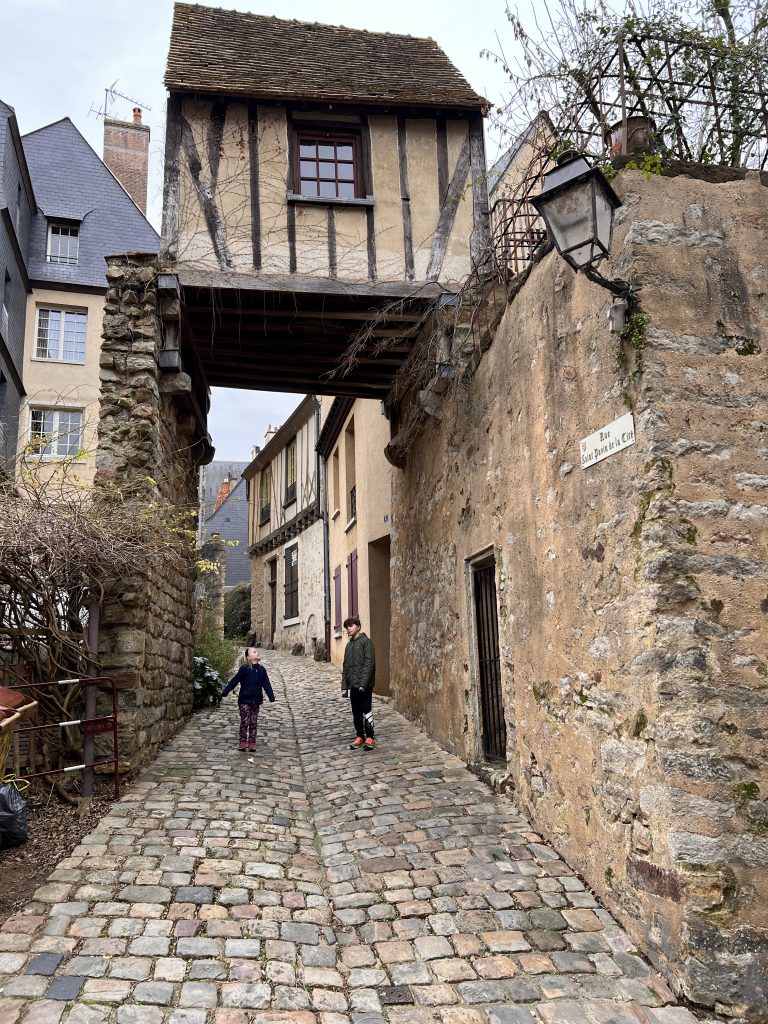Crazy amounts of snow lately.

Crazy amounts of snow lately.

Nicole & the kids went to Europe for a whole month. Which is unlike any trips we’ve done so far where everything is rushed and nothing can go wrong. The amount of new and different things these kids have done is bound to have a profound impact on them. It’s not everyday that something like this is possible. I didn’t have this amount of flexibility. Being off grid, we simply can’t leave the house empty during the Winter. And all other seasons have projects we can’t leave behind.

How many instruments do you know that the player needs to walk in? Before electricity, a person was in charge of manually running an air pressure system while another played. I’ve always been a huge fan of Organs and Accordions, I find their windy soft sound soothing. There’s a good chance, once I’m done with plotters, that this blog will be home to barrel organ experiments. Right now I’m not allowing this to get to the front of my head, but it’s been in the back for enough years and hasn’t gone away. I can only deal with one obsession at a time though.
I totally get it now how Europe feels to Americans. I never understood the comments about how old things are. I was completely baffled when I got pictures of kids in castles and cathedrals, you mean there’s castles just sitting there and you can just walk in? WTF this isn’t the movies. Not only that but the architecture feels like that of an ancient and powerful civilization, Atlantis like, who were these people who built such amazing structures and with what tools? It took me years of being detached from it to see it this way.

My stove
They had a couple of airtags with them, and I setup a script to harvest their location over time. It’s absolutely incredible what these things can do with the support of a mesh network’s of everyone’s iphones.
Chenonceau has a ghost
5005 data points, including one in the air between Iceland and Scotland

I’m refraining myself from posting all the tourist pictures to keep it somewhat relevant to the usual subject matter of this blog. Oh! this one’s relevant: the Great Mosque of Paris, classic Islamic architecture filled with mandalas and tessellations.
They saw one amazing thing after another, all unlike anything they had seen before, and for a solid straight month. All right I’ll just dump a few more pics ’cause I can’t help myself and that’ll be that.

The code of Hammurabi, which French archeologists yoinked from Iran. No problem! It had been taken as plunder a few hundred years before that. Is it really stealing if the item was stolen already?

The catacombs
Disgusted by what their mom is eating. Hint: it’s slimy, has a shell and does not live in the sea.

It’s been one storm after the next lately. It’s fun but holy shit the amount of work.
The tractor is invaluable in preventing build ups against the house.
We are not sugaring this year, too many things on too many fronts. We always want to check out neighboring operations but never get to because it’s so busy when sugaring ourselves. This year we’ll make a point to go out and do so. I’ve already visited our neighbor Doug’s operation and got to learn more about lines while Nicole was on the old continent. We also still have 7 gallons from last year so we don’t exactly need any more :). It stings a little to skip a year, it’s a significant fractions of those we have left, but it makes sense this year.